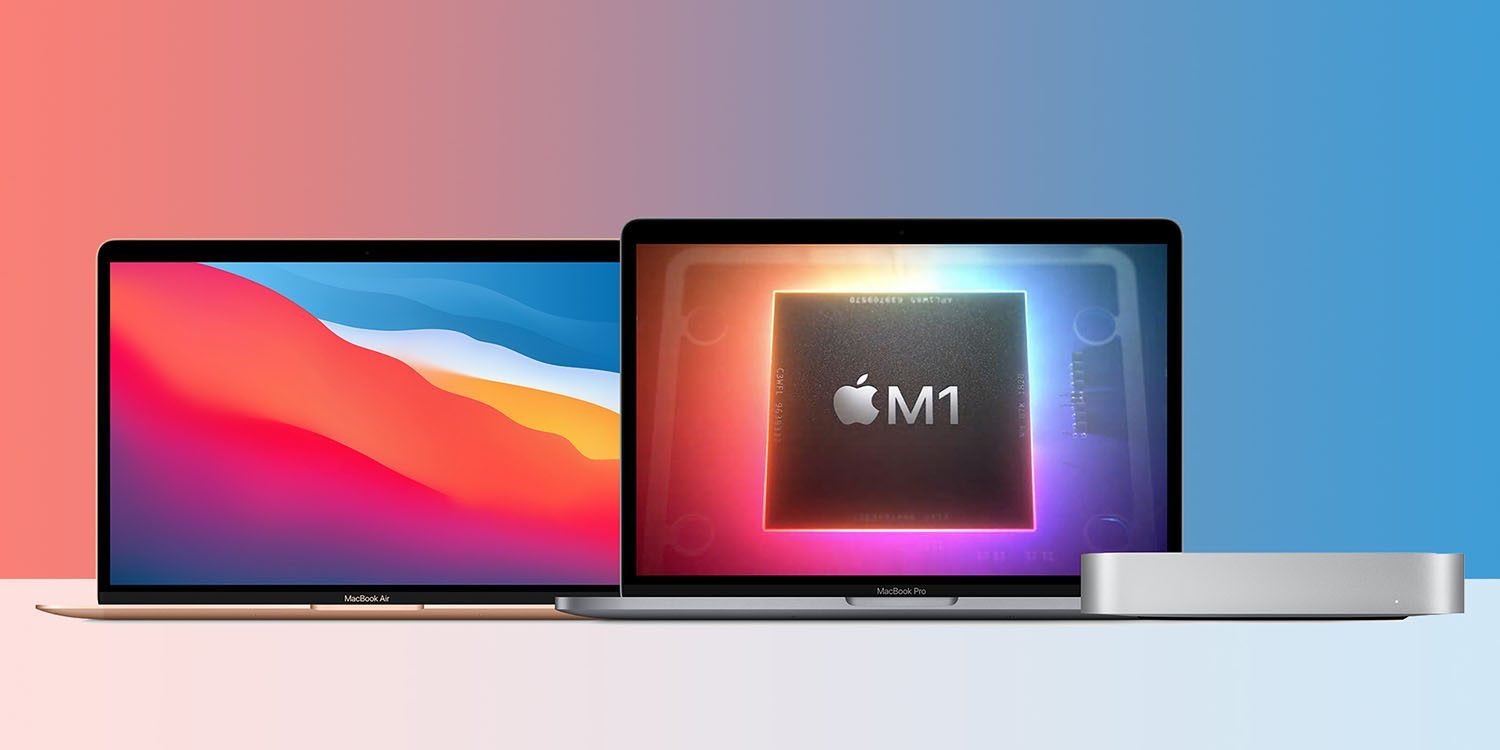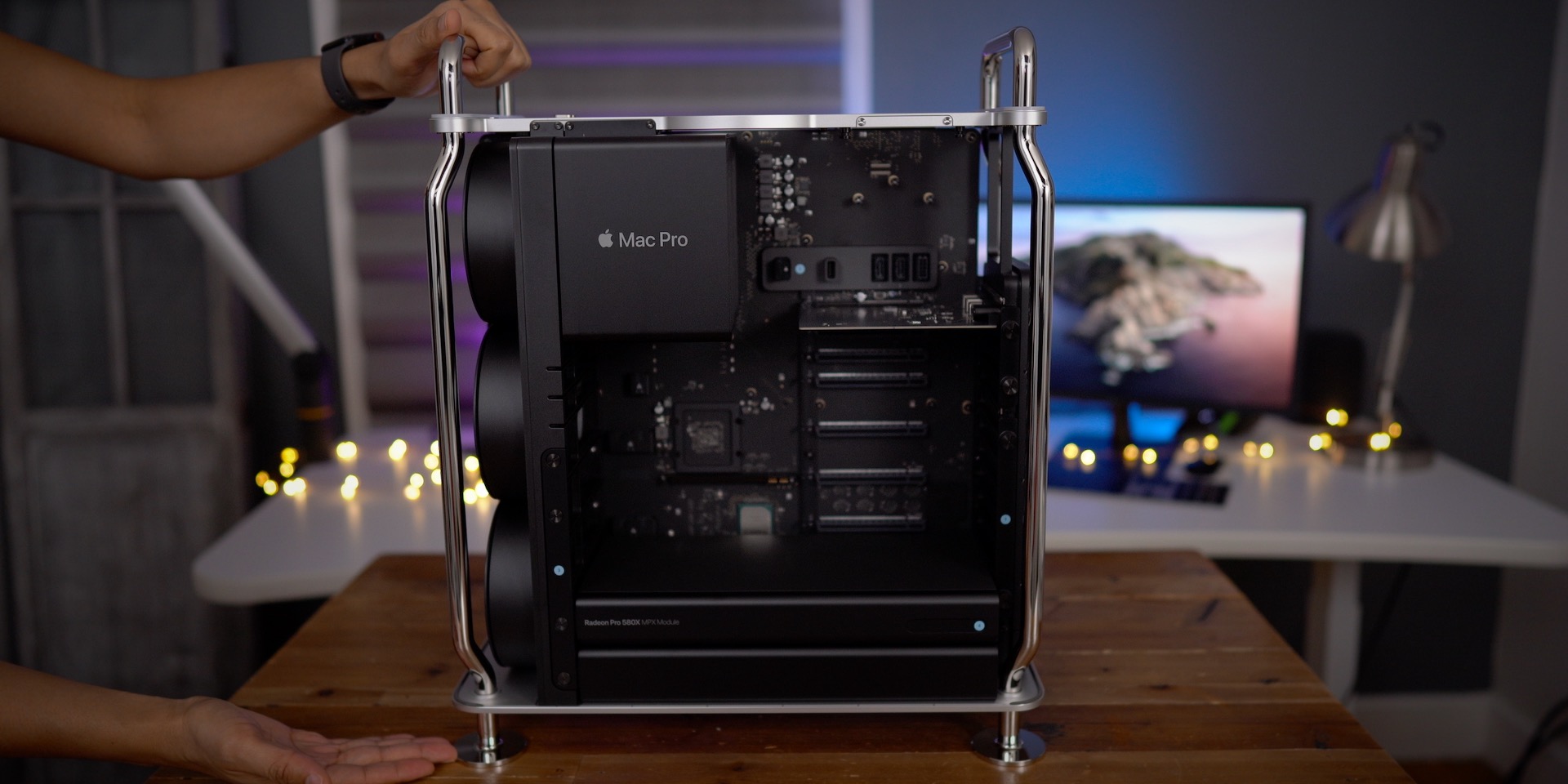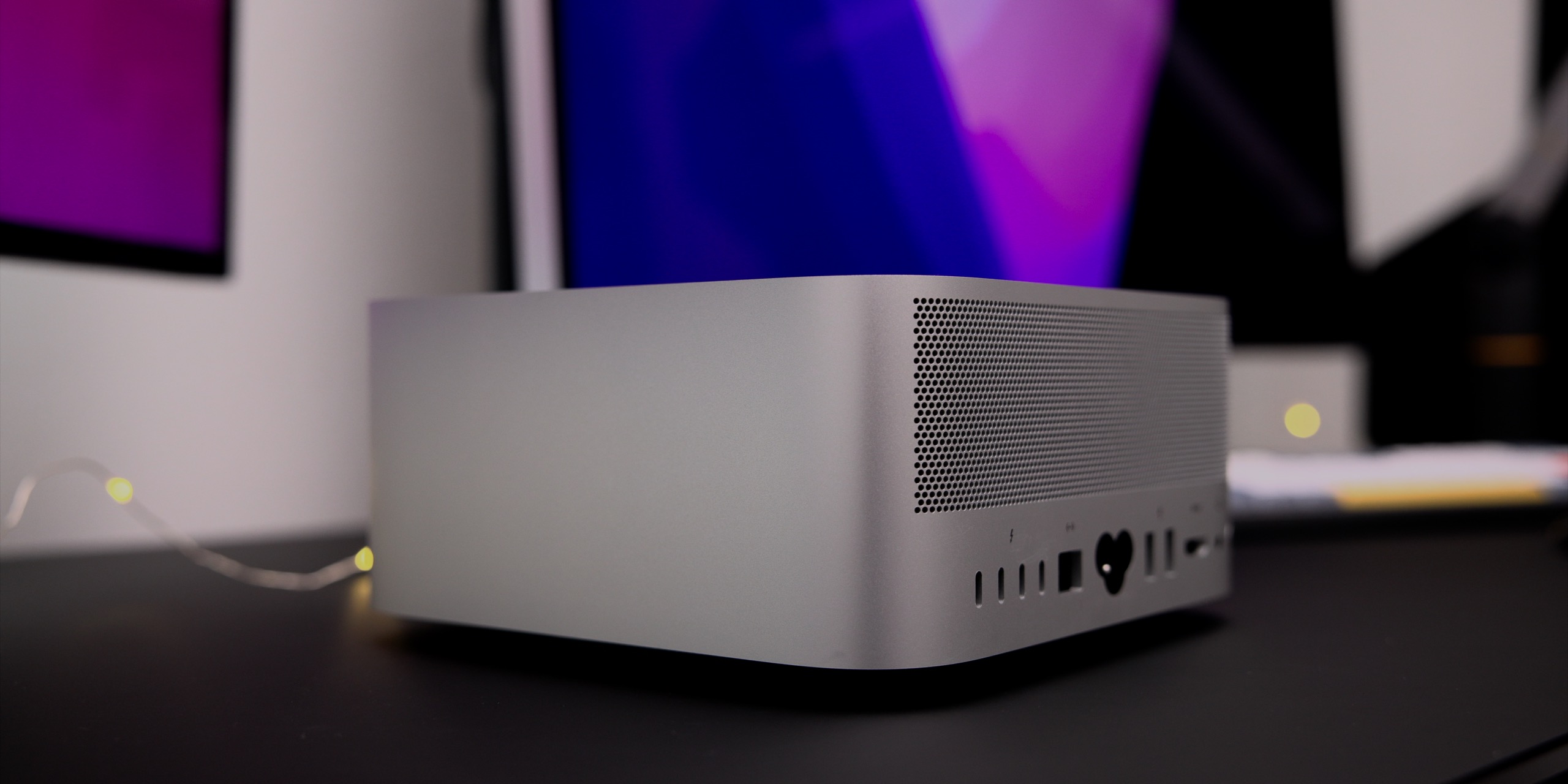When Apple announced the transition of Macs powered by Intel processors to its own Apple Silicon in 2020, the company said it would complete the transition of the entire lineup in two years. However, that timeline has passed, and Apple still has one Intel Mac available in its lineup: the Mac Pro. Did Apple overestimate its ability to build a Mac Pro with an Apple Silicon chip?
A phased transition
Changing the processors of an entire lineup of computers is certainly not an easy task. However, Apple has plenty of experience in this regard. Apple’s first computers ran on Motorola processors, but the company decided to migrate to the new PowerPC platform in 1994.
While this brought benefits at the time, the PowerPC processors weren’t delivering what Apple expected. In 2005, the company confirmed the transition from PowerPC to Intel. At the time, Apple said that the transition would be complete by the end of 2007. However, the transition was fully completed in August 2006, when PowerMac was replaced by the first Intel Mac Pro.
In June 2020, Apple confirmed that it would change the Mac processors from Intel to ARM chips, or “Apple Silicon chips.” These are the same chips found in devices such as the iPhone and iPad, which have proven to be quite powerful and extremely efficient. In November 2020, Apple announced the first Macs with the M1 chip: the MacBook Air, the 13-inch MacBook Pro, and the Mac mini.
At the same event, Apple said that the transition of the entire lineup of Macs would be completed in two years. It didn’t take long for another important Mac to get the M1 chip. In April 2021, it was the iMac’s turn. Then, in October 2021, Apple introduced the M1 Pro and M1 Max chips for the high-end versions of the MacBook Pro.

There was only one Mac left behind
With the MacBook Air, MacBook Pro, iMac, and Mac mini all updated with the M1 chips, there was only one other Mac left to get an Apple Silicon chip, and that was the Mac Pro. But Apple still had a whole year ahead to introduce the Apple Silicon Mac Pro on schedule.
But internally, things didn’t seem to be going well. Rumors suggested that Apple was still in doubt about changing the Mac Pro’s processor to Apple Silicon. In 2021, Bloomberg reported that the company had been working on an updated version of the Intel Mac Pro. References to this model were later found in a beta version of Xcode. However, Apple hasn’t released a new Intel Mac Pro since 2019.
In early 2022, 9to5Mac revealed that Apple had been working on a brand new Mac that would sit between the M1 Mac mini and the Intel Mac Pro. And it turns out that we were right – Apple introduced the Mac Studio in March last year with expanded I/O and the new M1 Ultra chip.
Mac Studio essentially came as an alternative for professional users who wanted a powerful machine with the new Apple Silicon chips while the company was still working on the new Mac Pro. Of course, Mac Studio also targets consumers who don’t need everything that a Mac Pro has to offer. But the two-year deadline was approaching, and there was still no sign of an Apple Silicon Mac Pro.
Where’s Apple Silicon Mac Pro?
In June 2022, Apple announced the M2 chip with a new generation MacBook Air. At that point, it seemed extremely unlikely that the company would introduce a new Mac Pro based on the M1 chip. Multiple rumors have pointed out that the wait for the new Mac Pro would be worth it, though. The machine was expected to have expandability and a new “Extreme” chip that would combine two M2 Ultra chips, which is yet to be announced.

However, the latest rumors have poured cold water on people who were waiting for a true Apple Silicon Mac Pro. Bloomberg recently reported that Apple has scrapped the idea of designing an “M2 Extreme” chip for the Mac Pro due to its complexity and cost concerns. At the same time, the machine is not expected to support RAM upgrades, and it may also not support third-party GPUs as well.
And even with all these compromises, it remains unclear when Apple will introduce a new Mac Pro. But the main question is: what’s “Pro” about this Mac Pro anyway? Mac Pro was never just about performance. Mac Pro is about letting users customize it as they need it, it’s about expandability.
Apple can certainly create a powerful M2 Ultra chip. However, the current Mac Pro supports up to 1.5TB of RAM with 64GB of advanced graphics. And while this is too much for the vast majority of customers, there are customers working with really demanding tasks that need such specifications and also the flexibility to upgrade the hardware.
Mac Studio and Mac Pro

So if the Mac Pro won’t have an exclusive chip and won’t have upgradeable RAM? What will differentiate it from Mac Studio? Not much, apparently. A recent report suggested that Apple is even considering not launching a new Mac Studio anytime soon because the new Mac Pro will essentially be a more powerful Mac Studio.
Apple created Mac Studio to fill the gap until the Apple Silicon version of the Mac Pro was ready. As it turns out, making an Apple Silicon Mac Pro seems more difficult than the company was expecting. Don’t get me wrong, Apple’s chips are great and the vast majority of consumers will have a great time with a Mac equipped with an M2 Ultra chip. But there are still professionals working in Hollywood studios who need a true Mac Pro.
In the past, the company has already disappointed such professionals with the 2013 Mac Pro, which lacked the same level of expandability as previous generations. If the Apple Silicon Mac Pro is indeed what the rumors suggest, the company may face another major rejection from its loyal Pro users.
FTC: We use income earning auto affiliate links. More.




